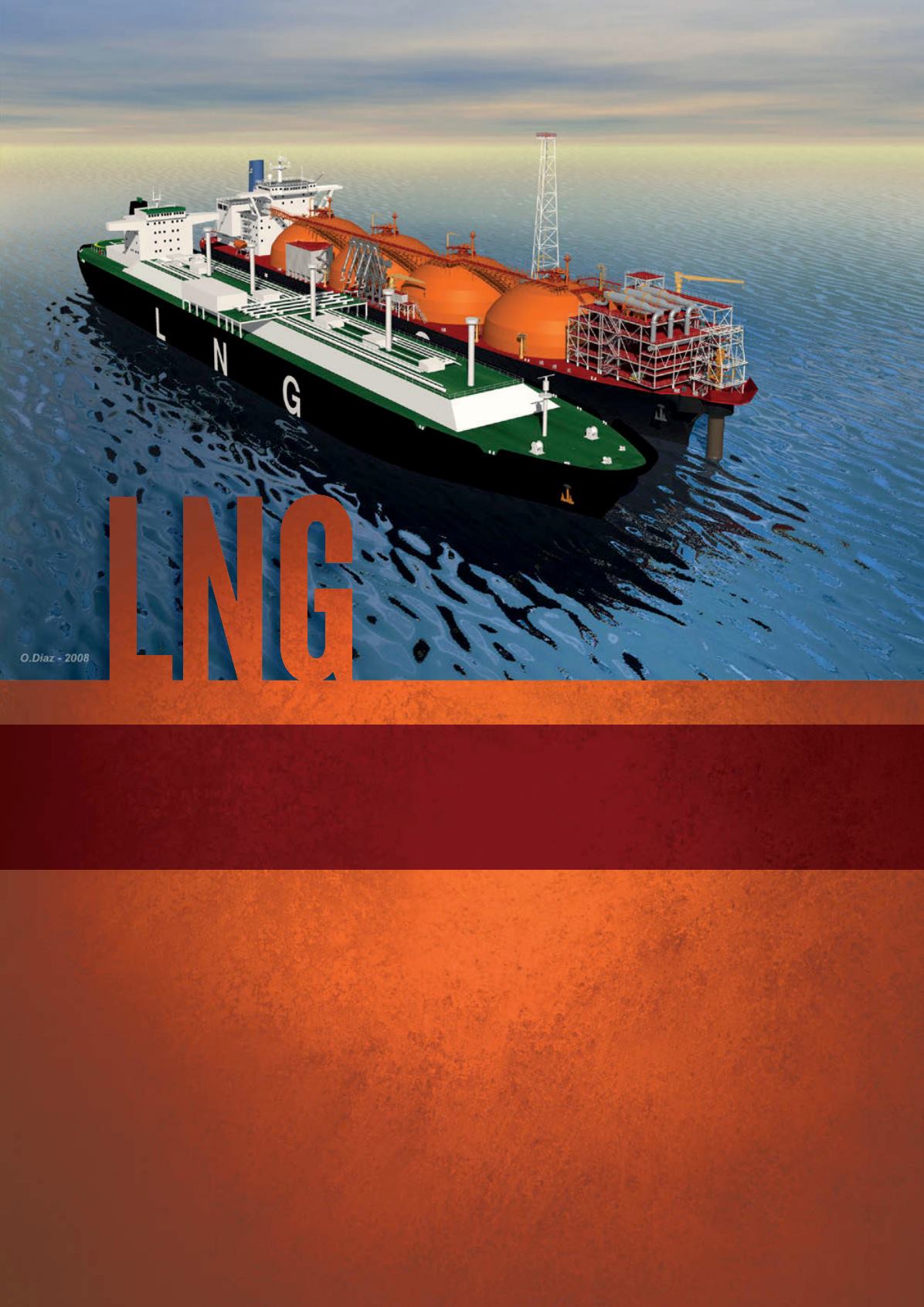
45
F
or many years, LNG has been the fastest growing solution for the transportation
of natural gas to consumer markets that are increasingly distant from production
locations. Liquefaction technology has made it possible to transport natural
gas economically in LNG carriers capable of crossing long distances with only minor
economic impacts, since an LNG carrier can typically sail 1000 km with a loss of only
approximately 0.2% of its cargo due to vaporisation.
Liquefaction and regasification terminals remained onshore facilities until 2009,
although offshore LNG solutions have been considered since the 1970s. Incentives for
moving regasification facilities offshore initially related to the challenges of building
large LNG import terminals in industrialised or populated areas. However, the flexibility
of construction and operation of offshore LNG has since become the driving reason for
considering such facilities, in addition to economics. With regard to liquefaction, moving
the process offshore has been perceived as an opportunity to develop stranded gas
Benjamin Mauries, Saipem, France,
looks at the development of offshore
regasification and liquefaction
technologies.
at sea


